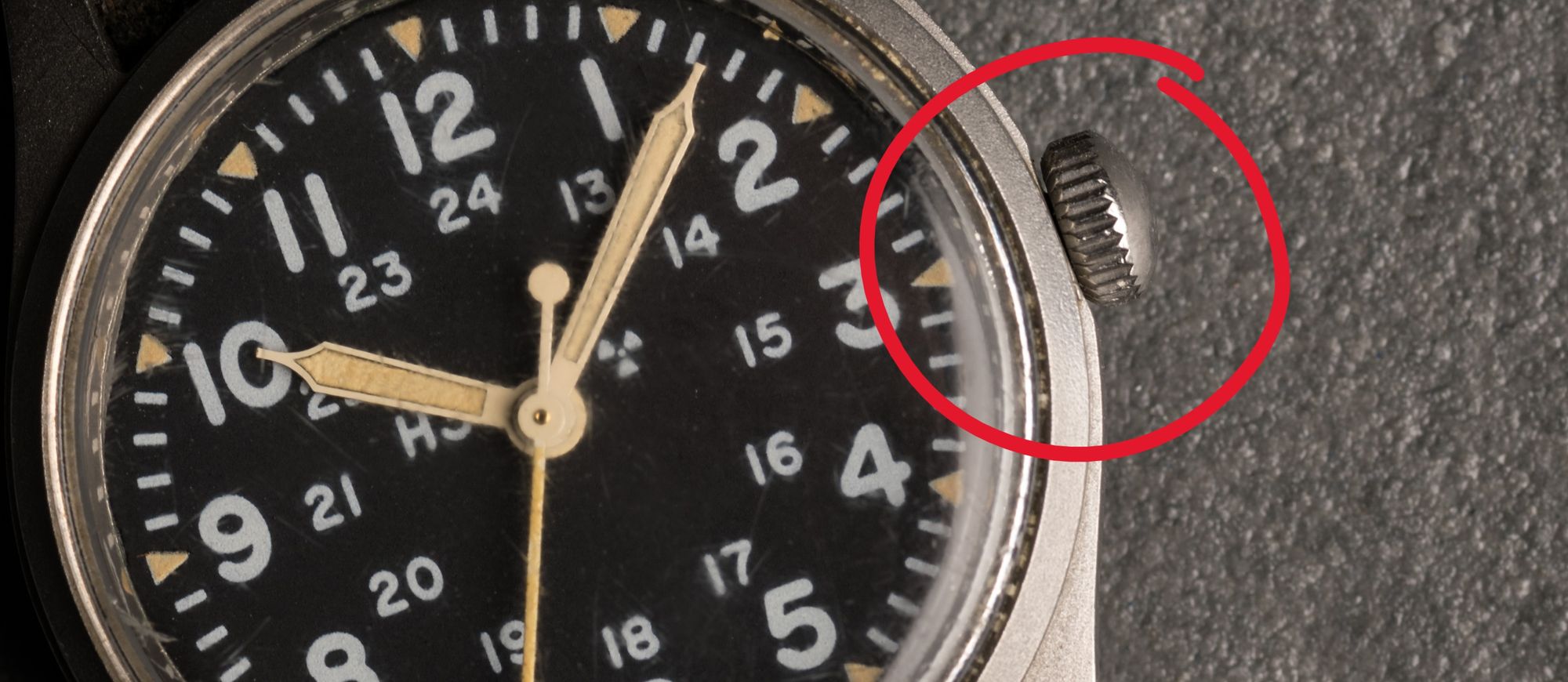
Horology and the interest of timepieces are a vast world unto themselves. I wouldn't consider myself to be a watch enthusiast per se. However, I am certainly someone who has developed an appreciation and general interest in the study of measuring time and watch craftsmanship.
As you can imagine, there is a lot that goes into watch-making. The individual gears and gizmos working together to keep the timepiece ticking is, to this day, quite the marvel.
WHAT IS MOVEMENT?
Movement refers to the network of components that reside in a watch that enables it to tell time. Movement is often thought of as the engine which powers a timepiece.
QUARTZ MOVEMENT

This probably sounds the most familiar. Quartz movement relies on a small battery within the watch that transmits an electrical current to an installed quartz crystal that vibrates and causes the gears to turn consistently so the wearer can accurately tell the time.
This construction method was first pioneered by Seiko back in 1959 and has since prevailed in being the most appealing option for mass-market consumption due to its affordable implementation.
You will find many "fast-fashion" watch brands utilizing some variation of quartz movement for their watches.
Since quartz watches are battery-powered, they must eventually be replaced over time. Luckily, this is relatively easy to accommodate (in most cases); however, your mileage may vary depending on which quartz watch you opt for.
MECHANICAL MOVEMENT

Mechanical watches must be physically wound each day. However, some higher-end brands of automatic watches are crafted with enough storage efficiency, enabling them to last up to multiple days without needing to be wound.
Powering a mechanical watch happens by turning the crown (depicted below), which tensions the inner mainspring within the case. This mainspring slowly releases tension and provides power to the numerous networks of gears that enable the watch to tell time.

AUTOMATIC MOVEMENT
Automatic watches are categorized as mechanical because they fundamentally operate the same. What makes automatic watches different is that they don't require manual crown winding to tension the mainspring. Instead, automatic watches contain a weighted watch rotor (depicted below) that employs the kinetic energy stored by the natural movement of the wearer's wrist to tension the mainspring. This rotor will swing freely within the casing and simultaneously wind the watch "automatically" simply by moving and swinging the wrist.

As you can guess, the accuracy of an automatic watch and its ability to continue ticking requires it to be worn on the wrist or rotated by a separate device to prevent it from dying. If left dormant for a prolonged period, the watch will continue operating again shortly after the rotor begins moving (but you will most likely need to recalibrate it to the correct time of day).
This movement type is relatively new and has only existed since the early 20th century. Most higher-end watch brands will have mechanical and automatic movement functionalities; therefore, they will typically be much more expensive than quartz watches.
THE QUINTESSENTIAL ACCESSORY

I get it; not everyone wears a watch, which is always apparent when people ask others "what the time is." But possessing a versatile timepiece isn't just crucial for knowing the time of day; it also completes your outfit.
Believe it or not, some accessories can afford you that extra flair to augment your outfit further. Just like how you choose to dress, possessing a timepiece generally says something about you, i.e., a man who values time and keeps it in mind, etc.
The watch doesn't need to be expensive; however, it must be well made to last and remain interchangeable. Take what you have learned from this short post and choose wisely how to spend your hard-earned dollars.


